Boundless Heroine Tara: Bodhisattva, Mother, Saviour, Friend: Stories of Rescues and a Sadhana by Marpa the Translator
Why is Tara so beloved among Mahayana Buddhists? Why is she simultaneously called Mother, Saviour, Friend, and Buddha? Why do many of us turn to Green Tara first, when we need help? What are the 21 forms of...

 Tara is not a static concept. Instead of a seated Buddha, we think of her as a dynamic action heroine, the karma goddess helping and rescuing beings. Here in our concept from our Video “Boundless Heroine Tara” she is rescuing a caravan from bandits. Image from our soon-to-be-released movie “Boundless Heroine Tara” on Youtube. This image is available in our digital gallery for personal use, or for use in social media or sharing with credit to @BuddhaWeekly.
Tara is not a static concept. Instead of a seated Buddha, we think of her as a dynamic action heroine, the karma goddess helping and rescuing beings. Here in our concept from our Video “Boundless Heroine Tara” she is rescuing a caravan from bandits. Image from our soon-to-be-released movie “Boundless Heroine Tara” on Youtube. This image is available in our digital gallery for personal use, or for use in social media or sharing with credit to @BuddhaWeekly.
Why is Tara so beloved among Mahayana Buddhists? Why is she simultaneously called Mother, Saviour, Friend, and Buddha? Why do many of us turn to Green Tara first, when we need help? What are the 21 forms of Tara? What are some of the stories of Tara rescuing suffering beings, as the heroine Goddess? We answer these questions and recount the histories of her heroic rescues in this presentation dedicated to the Mother of All Buddhas. We also present the mantra and a very concise Sadhana by Great Marpa, the Translator, for daily meditation.
Most Buddhists know Mother Tara — simultaneously a friend, savior, caring Bodhisattva, and enlightened being.
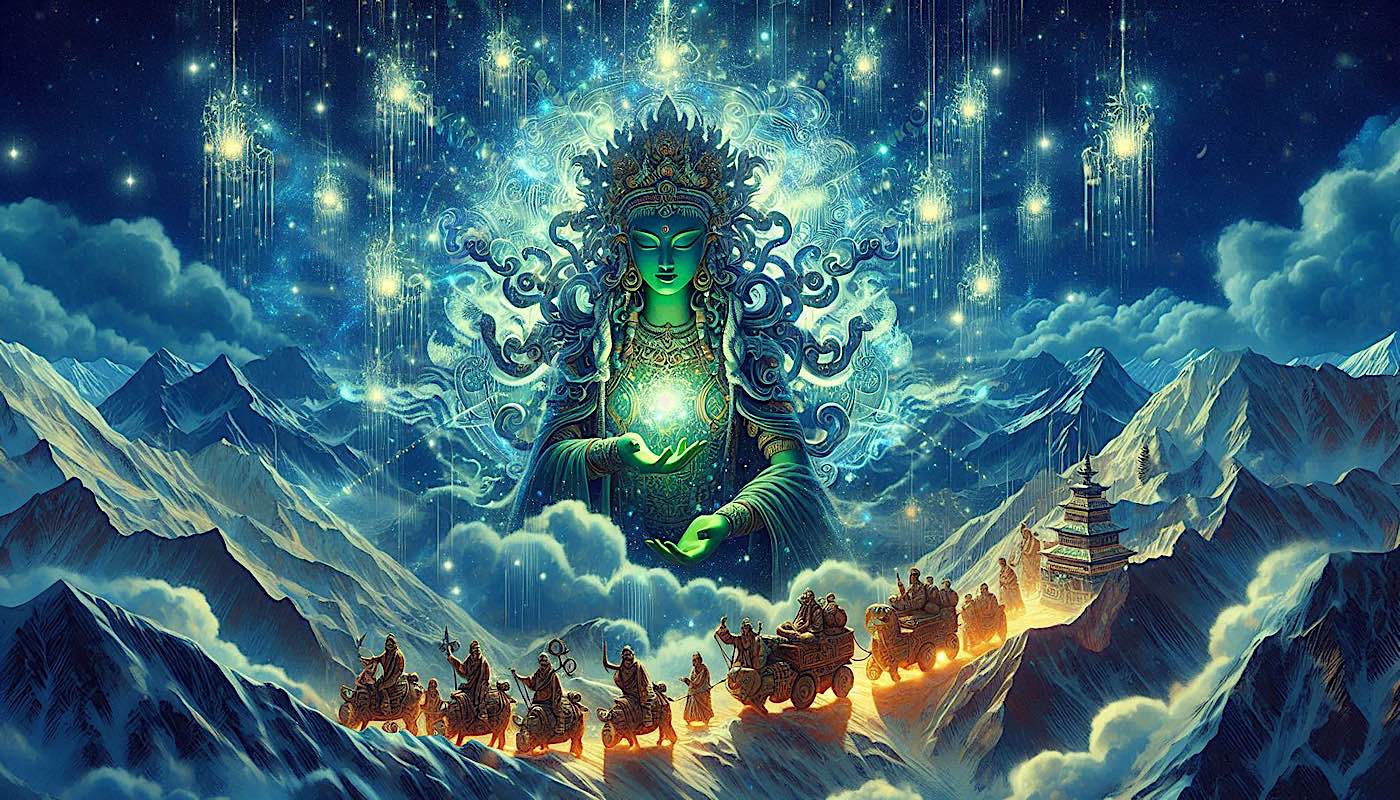 Tara’s name means a star to steer by. We look to Tara for help with the Dharma, with our troubles and obstacles, with our lives. Her compassion and heroic activity is boundless. To see her face, simply look up at the starry sky. Image from our soon-to-be-released movie “Boundless Heroine Tara” on Youtube. This image is available in our digital gallery for personal use, or for use in social media or sharing with credit to @BuddhaWeekly.
Tara’s name means a star to steer by. We look to Tara for help with the Dharma, with our troubles and obstacles, with our lives. Her compassion and heroic activity is boundless. To see her face, simply look up at the starry sky. Image from our soon-to-be-released movie “Boundless Heroine Tara” on Youtube. This image is available in our digital gallery for personal use, or for use in social media or sharing with credit to @BuddhaWeekly.
Tara’s Many Forms
She manifests in endless forms. She can be action-hero Green Tara who saves us from worldly harm. Or, blessed White Tara who heals and brings longevity. Or charismatic Red Tara who attracts what is helpful into our lives. Or even fierce Black Tara, who destroys all evil. Though we honor her as the Great Mother Buddha, she is, without contradiction, an intimate and treasured friend.
Tara, like any loving Mother, is ready to jump to our aid, even in mundane areas of life. She is the “practical Buddha” — the “Karma Mother” — the Buddha most active in our lives. Her Sanskrit name translates as “a star by which to navigate” — and like a star, she is always with us whenever we look for her. How can we lose our way when her radiance never fades?
 Tara is always willing to jump to the aid of kind, devotees. Image from our soon-to-be-released movie “Boundless Heroine Tara” on Youtube. This image is available in our digital gallery for personal use, or for use in social media or sharing with credit to @BuddhaWeekly.
Tara is always willing to jump to the aid of kind, devotees. Image from our soon-to-be-released movie “Boundless Heroine Tara” on Youtube. This image is available in our digital gallery for personal use, or for use in social media or sharing with credit to @BuddhaWeekly.
“Mummy Tara”
Despite enormous respect and sacred devotion for Tara, She is often just known as “Mummy Tara” to devotees.
Bhikshuni Thubten Chodron explained:
“If you put your full trust in Tara, you will receive the guidance you need and all your problems will be solved…”
Tara Rescues H.E. Garchen Rinpoche 8 Times
His Eminence Garchen Rinpoche has a special devotion to Tara. He recounts how Tara rescued him many times in his adventurous Dharma life. He credits her directly with rescuing him from eight major and several minor threats in his great life.
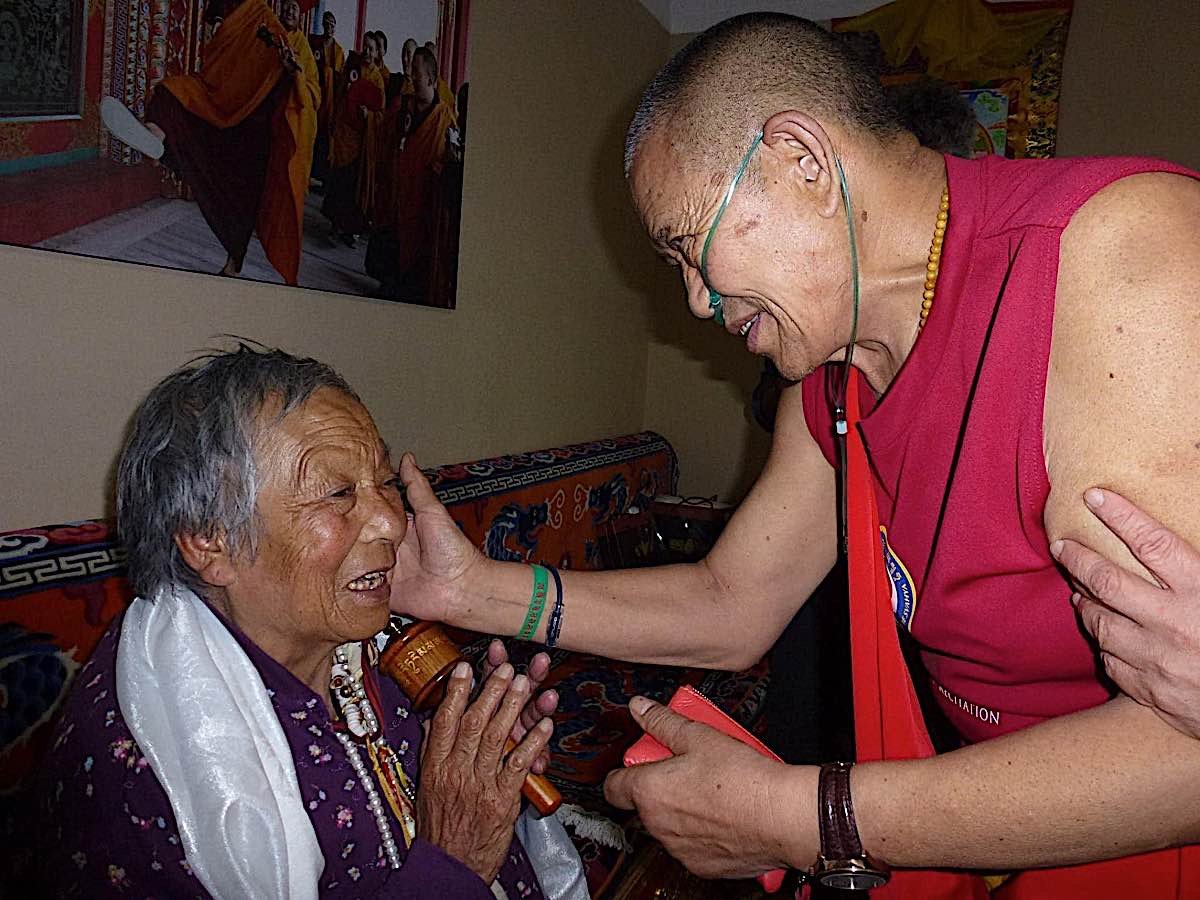 Garchen Rinpoche prays for long life and healing for a student. Rinpoche recounts many times in his long life when Tara saved his life. The stories are recounted in the biographical film and on the website at Garchen Institute>>
Garchen Rinpoche prays for long life and healing for a student. Rinpoche recounts many times in his long life when Tara saved his life. The stories are recounted in the biographical film and on the website at Garchen Institute>>
It was Tara who helped the great teacher survive war in 1958, starvation in 1960, near-drowning in 1963, several incidents with food poisoning, and a car accident in 2006. He tells these stories in his biography, and at teachings. He wrote:
“What is the purpose of sharing this?
I have special devotion for Tara, though all deities are the same in essence. I always hold on to my prayer wheel tightly, and I pray to Tara. I also tell others to pray to Tara. This is why I have a lot of faith in Tara.”
 Tara is the action heroine. Image from our movie “Boundless Heroine Tara” on Youtube. This image is available in our digital gallery for personal use, or for use in social media or sharing with credit to @BuddhaWeekly.
Tara is the action heroine. Image from our movie “Boundless Heroine Tara” on Youtube. This image is available in our digital gallery for personal use, or for use in social media or sharing with credit to @BuddhaWeekly.
Song of Longing for Tara
This sentiment is expressed in the 18th-century Tibetan prayer the “Song of Longing for Tara” by Lama Lobsang Tenpey Gyaltsen:
“You are my guru, my yidam, my protector, my refuge, my food, my clothes, my possessions, and my friend. Since your divine quality is everything to me, let me spontaneously achieve all that I wish.”
Here are all the Tara Days we celebrate in 2024 on our Dharma Calendar>>Mother Tara is not just the rescuer. She provides us with what we need to help ourselves and others — spontaneously achieving all that we wish.
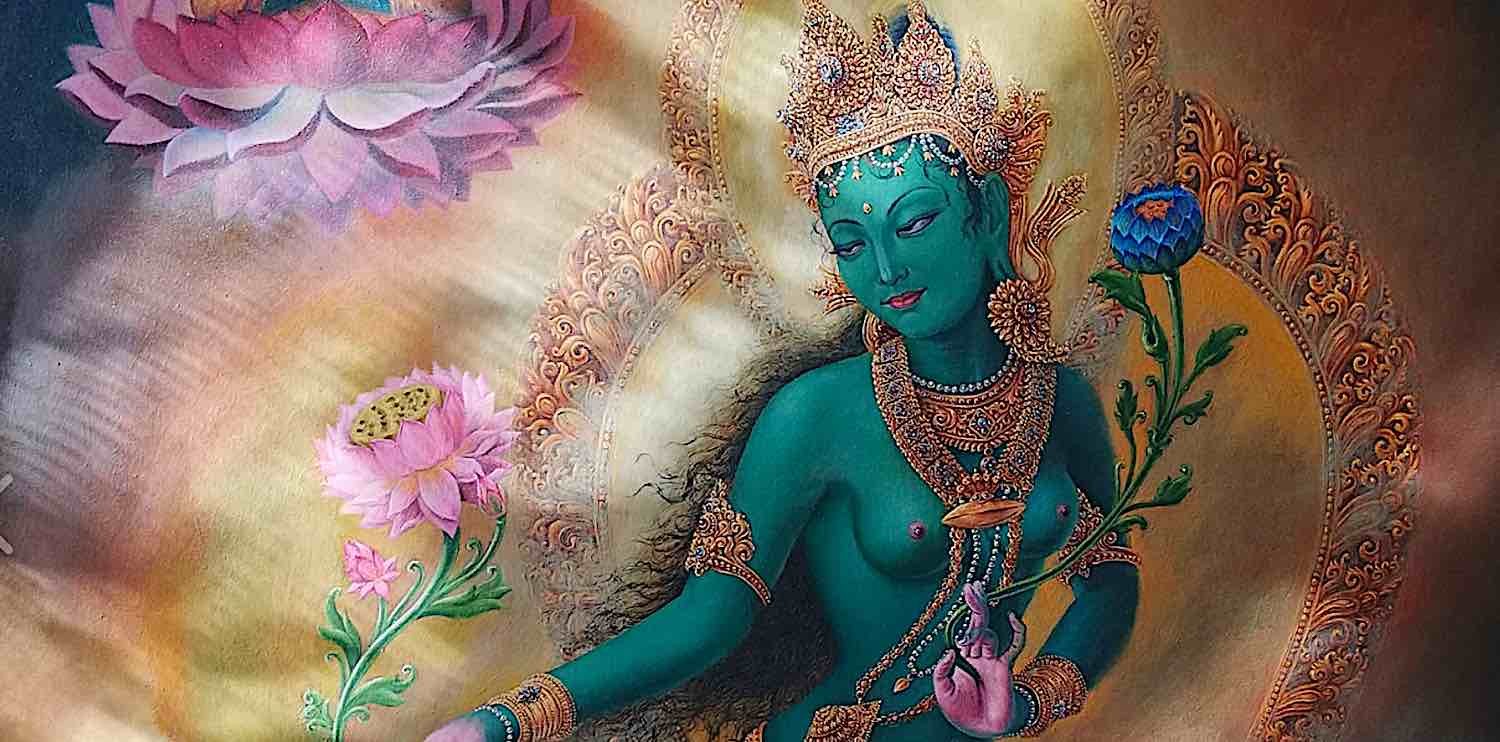
Green, White, Red, Yellow and Blue-Black Taras
Tara appears in many forms, symbolic of her countless activities on our behalf. Her most common appearances are as a beautiful Mother Goddess, sitting on a splendid lotus and moon throne, beautiful in appearance, with one foot thrust forward ready to leap to our aid.
Her main two forms are Green and White, but she also appears in every color, symbolizing her heroic activities. Green represents the Karma family mother, her main form, with green symbolizing all activities.
All about the 21 Taras, their praises and mantras, full feature>>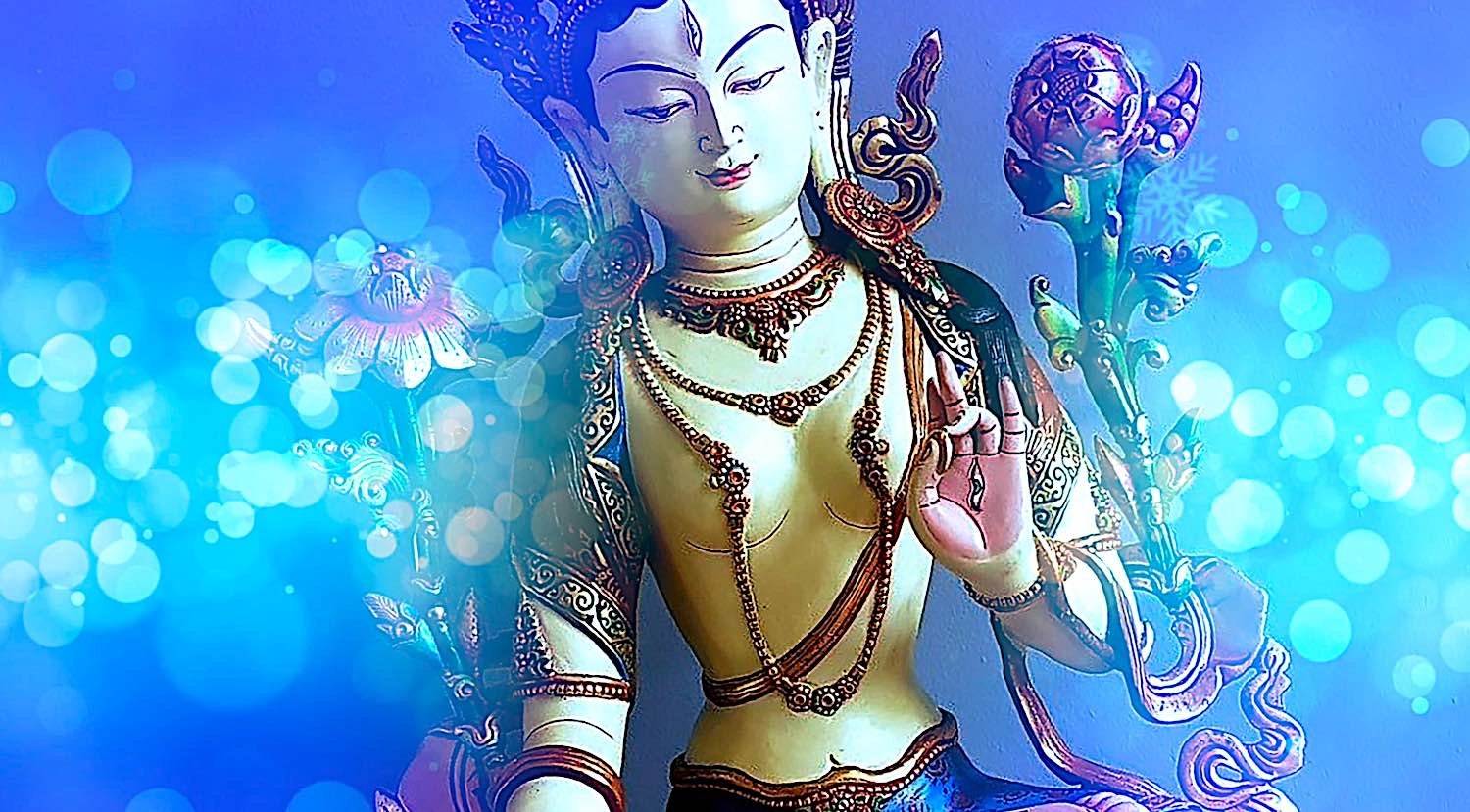 In the 21 Taras, each of the Taras is an emanation of the Mother of all the Buddhas, Tara, but the symbolism and Dharanis are different for each to emphasize different activities. White Taras symbolize her peaceful activities such as longevity and blessings. (Scene from Buddha Weekly Video “White Tara Mantra 2 Hours” — embedded below.)
In the 21 Taras, each of the Taras is an emanation of the Mother of all the Buddhas, Tara, but the symbolism and Dharanis are different for each to emphasize different activities. White Taras symbolize her peaceful activities such as longevity and blessings. (Scene from Buddha Weekly Video “White Tara Mantra 2 Hours” — embedded below.)
She has many white aspects, representing her pacifying and purifying activities.
She has red forms symbolizing power and magnetizing activities, and yellow forms symbolizing enriching activities.
White Tara and her powerful mantra beautifully chanted in Sanskrit:
Finally, she also emanates in black and blue forms, symbolizing her energetic wrathful forms, able to overcome any evil, obstacle, negative karma, black magic, demons or any foe who is an obstacle to our enlightenment.
Her role, as the “activity aspect of all the Buddhas,” is as vast as the universe. This is why her many activity roles include rescuer, protector, and countless other activity roles associated with Karma.
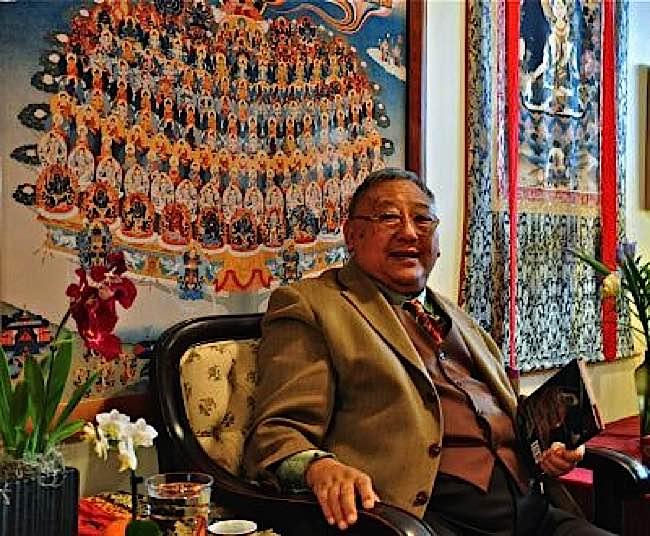 Gelek Rimpoche of Jewel Heart teaching in front of a “Tree of Refuge” tangkha. with White Tara Thangka to his left (our right).
Gelek Rimpoche of Jewel Heart teaching in front of a “Tree of Refuge” tangkha. with White Tara Thangka to his left (our right).
This is symbolized by air and wind, the element of her Northern Buddha family. Air represents both the life-giving air in our bodies and also Dharma speech. Gelek Rinpoche taught:
“The strongest element on which we base life is air, not ground, not earth. That is because air is the basis of the nature of sound. Really, it is. That is why air is the strongest out of four elements, which are earth, water, fire, and air. Air is the very base.”
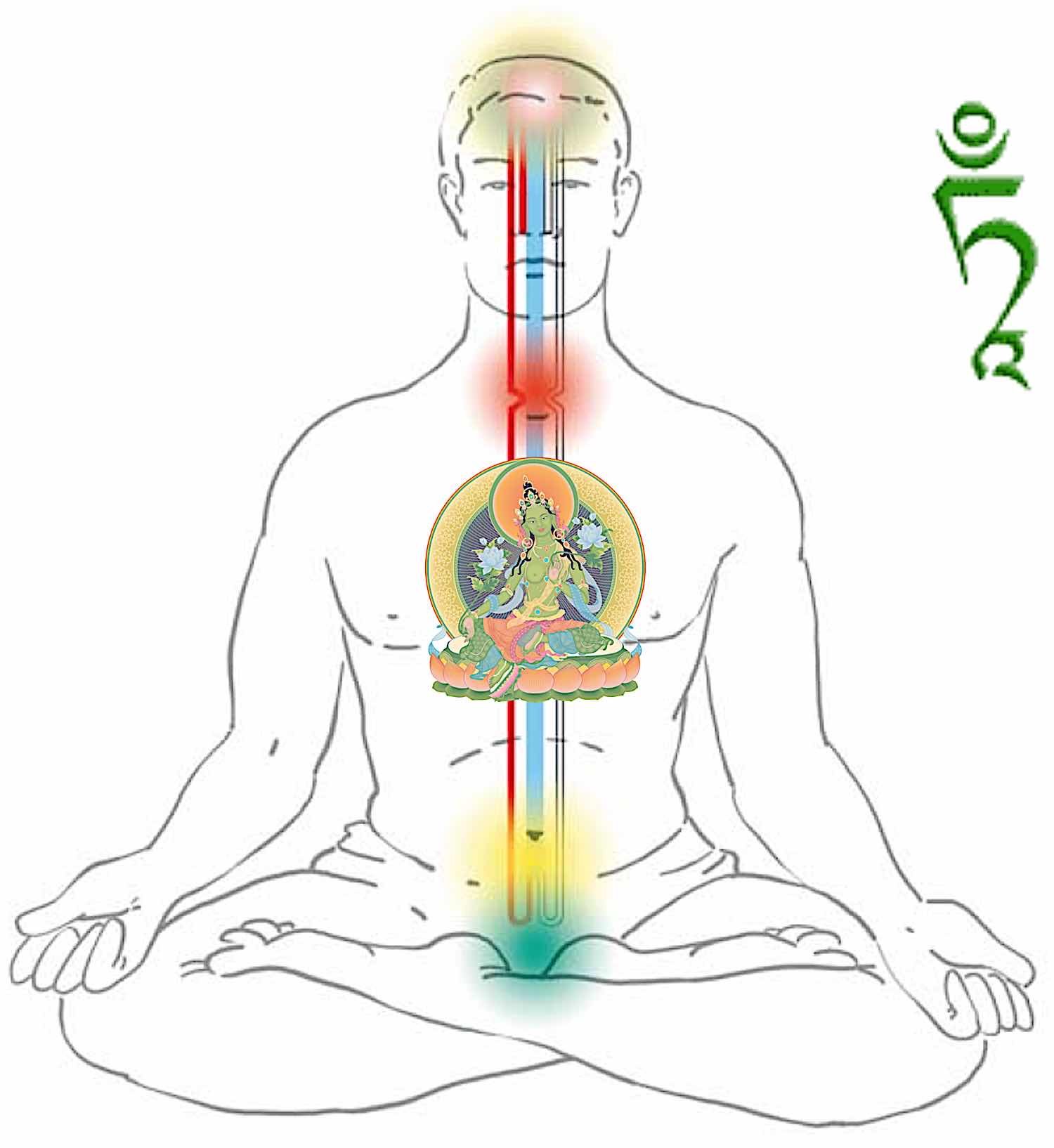 Symbolizing Tara at our heart, in meditation a common practice is to visualize Tara at our heart chakra. Heart chakra in Tibetan Buddhism represents the Mind. Also shown in the image top right is Tara’s seed syllable Tam. Tara represents “Chi” or “wind” or life force in the body.
Symbolizing Tara at our heart, in meditation a common practice is to visualize Tara at our heart chakra. Heart chakra in Tibetan Buddhism represents the Mind. Also shown in the image top right is Tara’s seed syllable Tam. Tara represents “Chi” or “wind” or life force in the body.
As the Wisdom Mother of the Wind or Air element she is associated with Chi, Prana and “internal wind or lung” which is the very essence of life.
In whatever form you see her, visualize her, or think of her, she is your beloved and heroic mother.
 Tara rescues boat in a storm. Image from our movie “Boundless Heroine Tara” on Youtube. This image is available in our digital gallery for personal use, or for use in social media or sharing with credit to @BuddhaWeekly.
Tara rescues boat in a storm. Image from our movie “Boundless Heroine Tara” on Youtube. This image is available in our digital gallery for personal use, or for use in social media or sharing with credit to @BuddhaWeekly.
Just Call Her Name
How do we call on Her aid? Simply call Her name. How do we see Her face? Simply look up to any star (or close your eyes, or imagine her face), and She is there. How do we find comfort in Her compassion? Simply know She is with you; like any mother, She never leaves you.
How near Is Tara? Since all beings have Buddha Nature, at the ultimate level, she is already One with Us. There is an old Tibetan story about a man who complains to Tara that she “left him.” Her reply was:
“How could I ever leave who I am?
Tara Saves the Caravan: Bokar Rinpoche
Bokar Rinpoche gives an example of how close Tara is to our world.
In 1958, Rinpoche was with a caravan taking food to those in need. Everyone knew the mission was important, but they were worried about bandits, who were reported on the road. So, they prayed constantly to Tara and chanted the twenty-one Taras’ praise as they journeyed the dangerous trail with a long train of wagons. Bokar Rinpoche wrote:
 Tara the Feminine Divine by Bokar Rinpoche available from Amazon>>*
Tara the Feminine Divine by Bokar Rinpoche available from Amazon>>*
“The road to Lhasa was extremely dangerous… Who could protect us better than Tara?… It was impossible for us to evade them.
“When some nomads warned us of bandits immediately ahead, we went off the path, to set up our encampment, but there were too many of us to avoid being seen.
From where we were, we could see the bandits coming, menacing and demanding ransom from other travellers on the road.
It should have been inevitable for them to see us… However, they did not see us! Certainly, we were scared, but we never ceased to pray to Tara and recite her praise… I am convinced that our safe journey was due to Tara’s blessing and kind protection.”
 Tara watching over travellers. In the story of her rescue of the caravan, the thieves on the road were unable to see the caravan even though they were in plain sight. Image from our soon to be released movie “Boundless Heroine Tara” on Youtube. This image is available in our digital gallery for personal use, or for use in social media or sharing with credit to @BuddhaWeekly.
Tara watching over travellers. In the story of her rescue of the caravan, the thieves on the road were unable to see the caravan even though they were in plain sight. Image from our soon to be released movie “Boundless Heroine Tara” on Youtube. This image is available in our digital gallery for personal use, or for use in social media or sharing with credit to @BuddhaWeekly.
It’s important to remember that the Mother of all Buddhas works through all of us. She is not only the Mother of All Buddhas, but the Mother of all Beings. Why? All Beings have Buddha Nature, our innate compassion and wisdom.
Praying to Arya Tara for help doesn’t mean she’ll show up as a Green goddess, hovering in the air in front of you. Her help might come in the form of hard-working first responders. Or a kind neighbor. Or, just a stranger on the street who sees you need help; and compassion arises from their heart — the place where Tara resides.
She is, remember, the karma activity Buddha, and works through karma in our world. If we are in trouble, the first responders — or another helpful person or circumstance — will help us if it is “our karma.” Or, we’ll discover how to help ourselves, inspired by her wisdom and the calm she gives us in the face of danger.
Don’t miss our complete section of Tara features, over 20 features and videos>>Tara and Dharma Activity: Karma Yoga
Tara, the ideal Mother, is the Buddha most active in our world, embodying Dharma activity and Karma Yoga. Tara, the Mother, would do anything to help her children. To be near to us, she remains in our mundane world, and all the worlds and Purelands.
In the past, she nurtured and protected most of the great Mahasiddhas of India, and many of the great sages in Tibet. Alone in the wilderness, the great sages relied on her nurturing wisdom, compassion, and protective activity during long retreats. Her activity is no different for us. She is accessible and close to all practitioners. She is not a far-away Enlightened One who has passed into Nirvana.
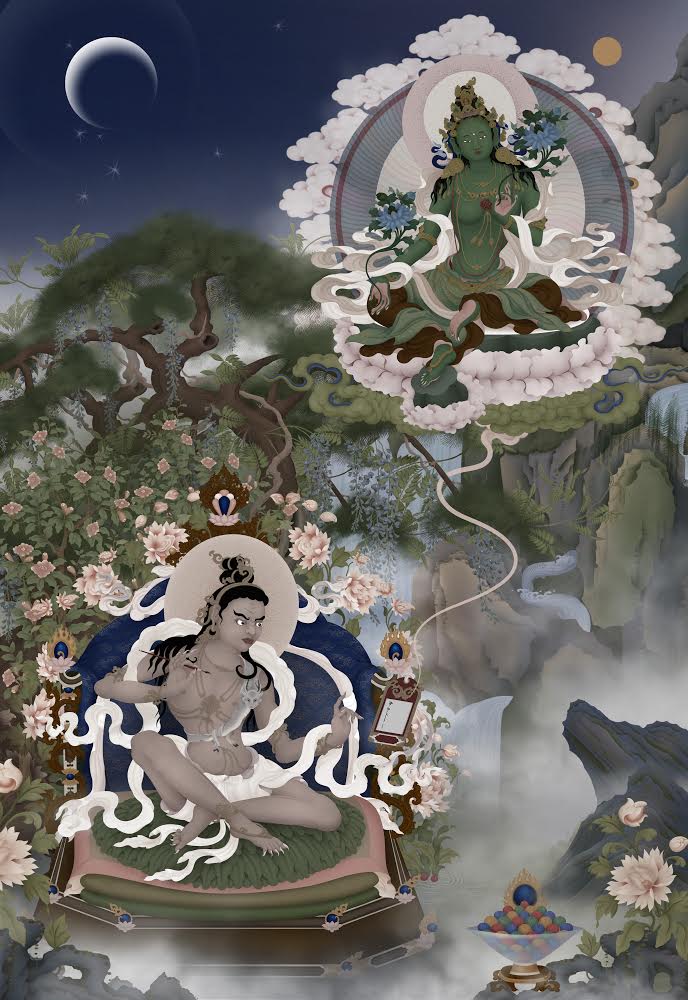 The great Mahasiddha Surya Gupta was protected by Tara, and had visions and teachings from Tara, including the practice of the 21 Taras. Illustration of Surya Gupta, with Tara over his head by Ben Christian (Jampay Dorje). Jampray Dorje’s website>>
The great Mahasiddha Surya Gupta was protected by Tara, and had visions and teachings from Tara, including the practice of the 21 Taras. Illustration of Surya Gupta, with Tara over his head by Ben Christian (Jampay Dorje). Jampray Dorje’s website>>
Even the great Conqueror Shakyamuni Buddha relied on Mother Tara’s “eight great laughters” to pacify fears, doubts, and demons. It is said, in many Tantras, that “all Buddhas relied on Tara.”
Bokar Rinpoche explained how in his book Tara, The Feminine Divine:
“The night preceding his awakening, while sitting under the Bodhi tree, Shakyamuni was attacked by a horde of demons attempting to divert him from his goal. At that moment, Tara appeared, and with eight great laughters made the demons fall to the ground and stopped them from doing harm. The Buddha then placed his mind in a state of perfect meditation and, at dawn, attained awakening. After that, he uttered the Tara Tantra.”
Buddha Explains Why Tara is Mother of All Buddhas
Tara’s most common title is Mother of all the Buddhas. This enigmatic term confuses even her devoted followers.
In “Sarva-tat-hagata-matr-tara-visvakarma-bhava-tantra-nama”, Buddha explains to Manjushri why Tara is called the Mother of all the Buddhas.
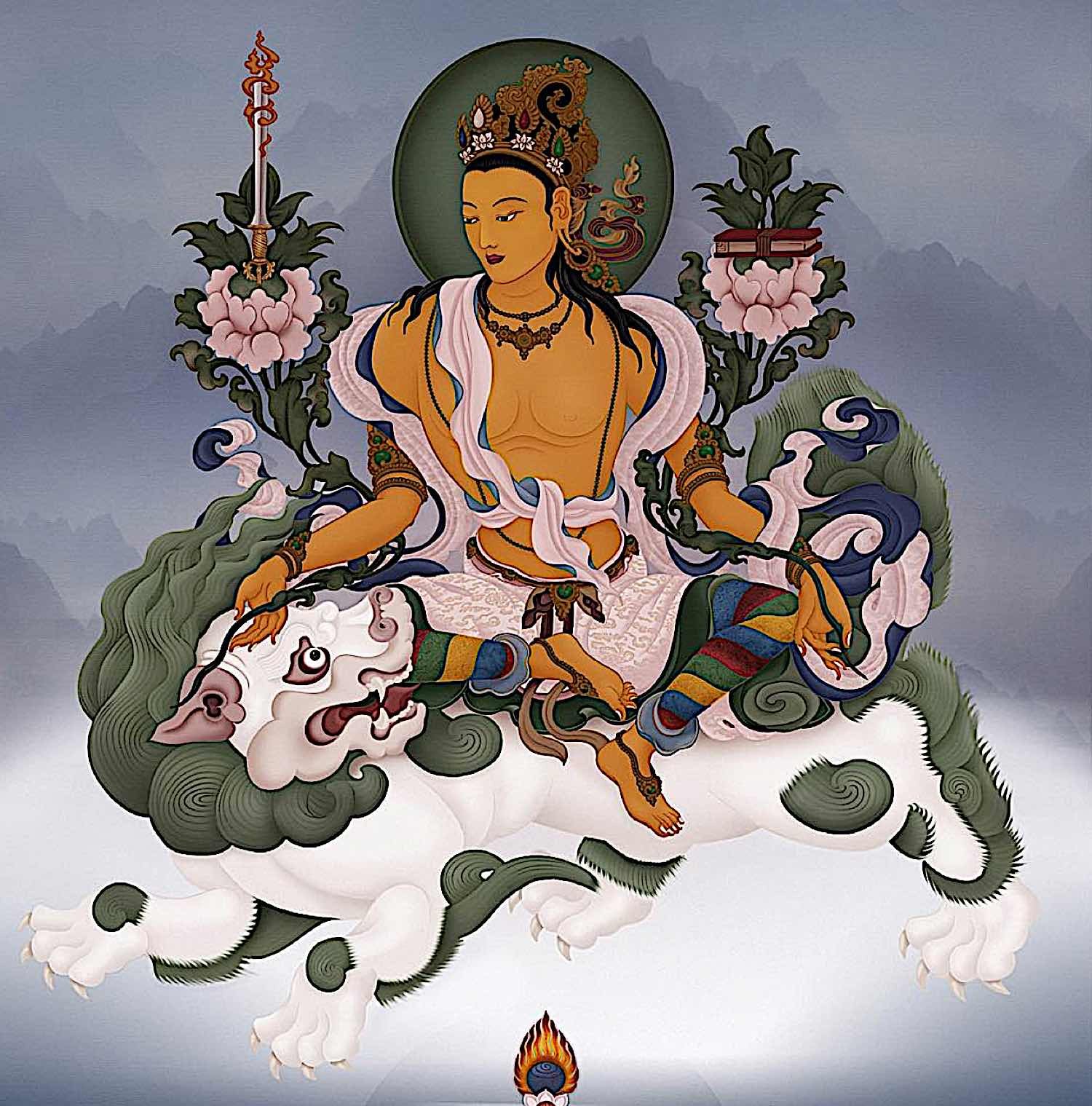 The Bodhisattva of Wisdom, Manjushri riding on a snow lion. Beautiful illustration by Jampay Dorje (Ben Christian) Jampray Dorje’s website>>
The Bodhisattva of Wisdom, Manjushri riding on a snow lion. Beautiful illustration by Jampay Dorje (Ben Christian) Jampray Dorje’s website>>
Manjushri asked the Lord: “Lord, all the Buddhas of the three times are deep. How therefore did She produce them? How is She their Mother?”
And the Lord said, “That is true, Manjushri, but all the Buddhas of the three times are also unproduced and unceasing, not defiled and not immaculate, with decrease or increase, and by nature in Nirvana; that is the nature of all dharmas.”
When Manjusrhi asked Shakyamuni to clarify, the Lord said, “Manjushri, the Ultimate, is called the Universal Law, the dharmadhatu; it is a synonym with the True Goal. It is Great Compassion. Conventional nature is a synonym of samsara. The Mother who produces the buddhas of the three times is beyond this; therefore She is beyond samsara and affliction.
Thus, Manjushri, She is to be regarded as Mother.
And the Lord said: “Therefore, Manjushri, with understanding of the such-ness of dharmas should one meditate on Her. One should recite her dharani, practice earnestly, understand Her qualities and make offerings to Her.
One should receive instructions and have no doubts. One should act earnestly in the deeds, remember Her praises, and practice the rites severally.” In these words He taught Bodhisattva Manjushri, the Youthful.
Origin Stories of Tara
Even though Buddha explained how Tara is the Mother of Buddhas, this becomes confusing when we are told multiple completely different origin stories when we attend her empowerment ceremonies.
Arya Tara’s origin stories are not about her birth, since she is the unborn. They are about her many manifestations arising into a particular need or lineage. Since her vow is to help all sentient beings in all worlds, she arises in many forms and times, and has many origin stories.
Tara always existed in the Dharmadatu, the Realm of Ultimate Reality. But she arises in various aspects in various lineages to help with special needs.
The most famous origin stories are how she arose from Avalokiteshvara. In the story, Avalokiteshvara, who swore the vow of compassion to save every being suffering in Samsara despaired after saving millions from samsara, only to find the six realms filled up with more suffering beings. The task of saving beings was endless.
Martin Wilson explained one of the origin stories of Tara in his 1986 work In Praise of Tara: Songs of the Saviouress.
“What was Her origin? Avalokiteshvara, the Lord and Refuge of the Three Realms saw that however many migrating beings He removed from samsāra, they grew no fewer, and He wept so many tears they formed a great lake.
Seeing his despair, Tārā sprang from this lake of tears. An utpala arose, a blue lotus, that grew in the water of his tears. Green Tara appeared on this Lotus, ready to help him. She is tireless and swift in the aid of sentient beings. She said to Avalokiteshvara: “I shall quickly save them from samsāra, so please do not cry!”.
In another origin story, White Tara arose from the tears of one eye of Avalokiteshvara, the Compassionate One, and Green Tara from the other.
Tara’s Dharani Sutra recited in video by Buddha Weekly:
These stories aren’t about the “birth of Tara” as Tara was always the mother in the Dharmadatu. She emanated in Sambhogakaya Enjoyment Bodies to help the great Bodhisattva, moved by his Compassion.
This is why there can be different Tara origin stories in different lineages. There are countless forms and emanations of Tara as both Sambhogakayas, such as Green, White or Red Tara, but also Nirmanakaya, earthly manifestations. For example, in India, Tara’s popular emanations include wisdom Dakini Mandarva and Niguma. In Tibet, she was born as Dakini Yeshe Tsogyal.
21 Forms of Tara and Their Praise chanted beautifully in sacred Sanskrit:
21 Taras… and More…
Why so many forms? Because there are countless beings suffering in Samsara. Just as she arose in one form to help the compassionate Lord Avalokiteshvara, she arose in other forms as well.
The most famous of these are the 21 forms of Tara. There are also the 108 and 1008 Taras.
Each of these Taras appears slightly different, with different colors, poses, expressions, mantras and praises. Each of the 21 Taras has a specialized activity.
Are they all separate beings? No, they are all Tara, ultimately the same Tara who manifested to Buddha under the Bodhi Tree and to Avalokiteshvara when he shed the lake of tears. And, the same Tara who rescued Garchen Rinpoche eight times. And, the same Tara who rescued Bokar Rinpoche and the caravan from Bandits.
 Tara’s Tuquoise Pureland.
Tara’s Tuquoise Pureland.Tara’s Pureland: Yurlod Kurpa Turquoise Pureland
Tara appears not only in our world, but in every world, all six realms, and in every Pureland. She even has her own Pureland, for her most devoted followers. This Turquoise Pureland Yurlod Kurpa is a little different from the visualization of most Purelands.
 Delog Dewa Drolma has no life signs for five days as she journeyed, protected and guided by Tara, to the Purelands. She was only 16 at the time. Image from our soon-to-be-released movie “Boundless Heroine Tara” on Youtube. This image is available in our digital gallery for personal use, or for use in social media or sharing with credit to @BuddhaWeekly.
Delog Dewa Drolma has no life signs for five days as she journeyed, protected and guided by Tara, to the Purelands. She was only 16 at the time. Image from our soon-to-be-released movie “Boundless Heroine Tara” on Youtube. This image is available in our digital gallery for personal use, or for use in social media or sharing with credit to @BuddhaWeekly.
This stunning Pureland has wild green forests, mountains, turquoise lakes, wildlife, and waterfalls rather than palaces and jeweled cities. The great teacher Delog Dawa Drolma described Tara’s pureland.
Delog Dawa Drolma was another nirmanakaya emanation of Tara. She was a teacher revered for her extraordinary powers as a lama, most famous for being a delog. A delog is one who has crossed the threshold of death and returned to tell about it. Her well-known son, Chagdud Tulku Rinpoche, told the story of his mother’s journey to visit Tara’s pureland, while her body lay devoid of life for 5 days:
“She lay cold, breathless, and devoid of any vital signs, while her consciousness moved freely into other realms, often escorted by the wisdom goddess White Tara. She undertook her journey as a delog according to instructions she had received from Tara in visions.”
 Tara guided and protected Delog Dew Drolma as she left her body and journeyed to the Purelands. Image from our soon-to-be-released movie “Boundless Heroine Tara” on Youtube. This image is available in our digital gallery for personal use, or for use in social media or sharing with credit to @BuddhaWeekly.
Tara guided and protected Delog Dew Drolma as she left her body and journeyed to the Purelands. Image from our soon-to-be-released movie “Boundless Heroine Tara” on Youtube. This image is available in our digital gallery for personal use, or for use in social media or sharing with credit to @BuddhaWeekly.
Later, Delog Dawa Drolma, in a teaching in 1925, explained just where the Pureland is. Tara’s pureland is not other than Tara’s mind. Since we all have Tara’s Buddha Nature, this pureland is therefore found in our own heart and mind. She taught:
“Those sentient beings who actually wish to see the pure realm of Tara in their minds will rejoice in the cooling rays of pure vision in the soothing shelter of the blooming lotus of faith.”
 Tara guided Dewa Delog Drolma to the Purelands and taught her. Image from our soon-to-be-released movie “Boundless Heroine Tara” on Youtube. This image is available in our digital gallery for personal use, or for use in social media or sharing with credit to @BuddhaWeekly.
Tara guided Dewa Delog Drolma to the Purelands and taught her. Image from our soon-to-be-released movie “Boundless Heroine Tara” on Youtube. This image is available in our digital gallery for personal use, or for use in social media or sharing with credit to @BuddhaWeekly.
Connecting with Tara
How do we connect to Tara? What is her practice? Like any mother, she is easily accessible. Simply call her name, or chant her short 10-syllable mantra. Or, you can accumulate merit and virtue by chanting the Praise to 21 Taras as a Dharani each day, or at least on Tara Puja Days. This ten-minute practice is very profound. To chant along, visit one of the linked 21 Taras videos at the information icons.
Tara practice is among the most beautiful and inspiring practices in Mahayana Buddhism, because she is the Buddhist enlightened Mother who truly acts for our benefit in this world.
Tara emanates in these countless forms because we have countless fears and obstacles. None of our fears are unimportant: epidemics, war, poverty, the list is endless. Fortunately, Tara is heroic and tireless! For each Tara, there is a praise, which devotees chant daily as the 21 Taras Praise or Dharani, and there are also supplicating mantras for each Tara, which requests Tara’s specific help in 21 ways. We have a video describing all 21 of the mantras, reciting them 3 times each, and explaining the benefits of each.
The simplest way to practice Tara, and bring her motherly protection into your life, is through chanting of her famous ten-syllable mantra. This mantra is
Om Tare Tuttare Ture Svaha
Beautiful chanting of Tara’s mantra for 1 hour:
This is, itself, a complete practice, if you understand the meaning of the mantra and recite with faith. According to commentary from the First Dalai Lama, the mantra can be understood this way:
Om is Taking Refuge and praising the Body Speech and Mind of Tara. Tare liberates and saves us from suffering in Samsara — the suffering of the entire universe and all six dimensions. Tuttare liberates us from the 8 inner dangers, 8 external types of dangers and 8 supernatural dangers. Ture, liberates us from disease. Svaha, is the root of the path, and means “be it so” or “well said.”Sadhana of Tara from Great Marpa the Translator
In the concluding session of this short presentation, we recite a Sadhana from the Great Marpa the Translator.
Great Marpa taught a cycle of Three Special Deities. These three are, of course, Arya Tara, the Mother who liberates us from fears in Samsara, together with Ushnisha Vijaya, in Tibetan Namgyalma, who liberates us from the Lord of Death, and finally, the Supreme Lord Buddha Vajrasattva, who liberates us from all negative karma. The puja begins with prostrations to the Three Supreme Deities, then the practice of Arya Tara.
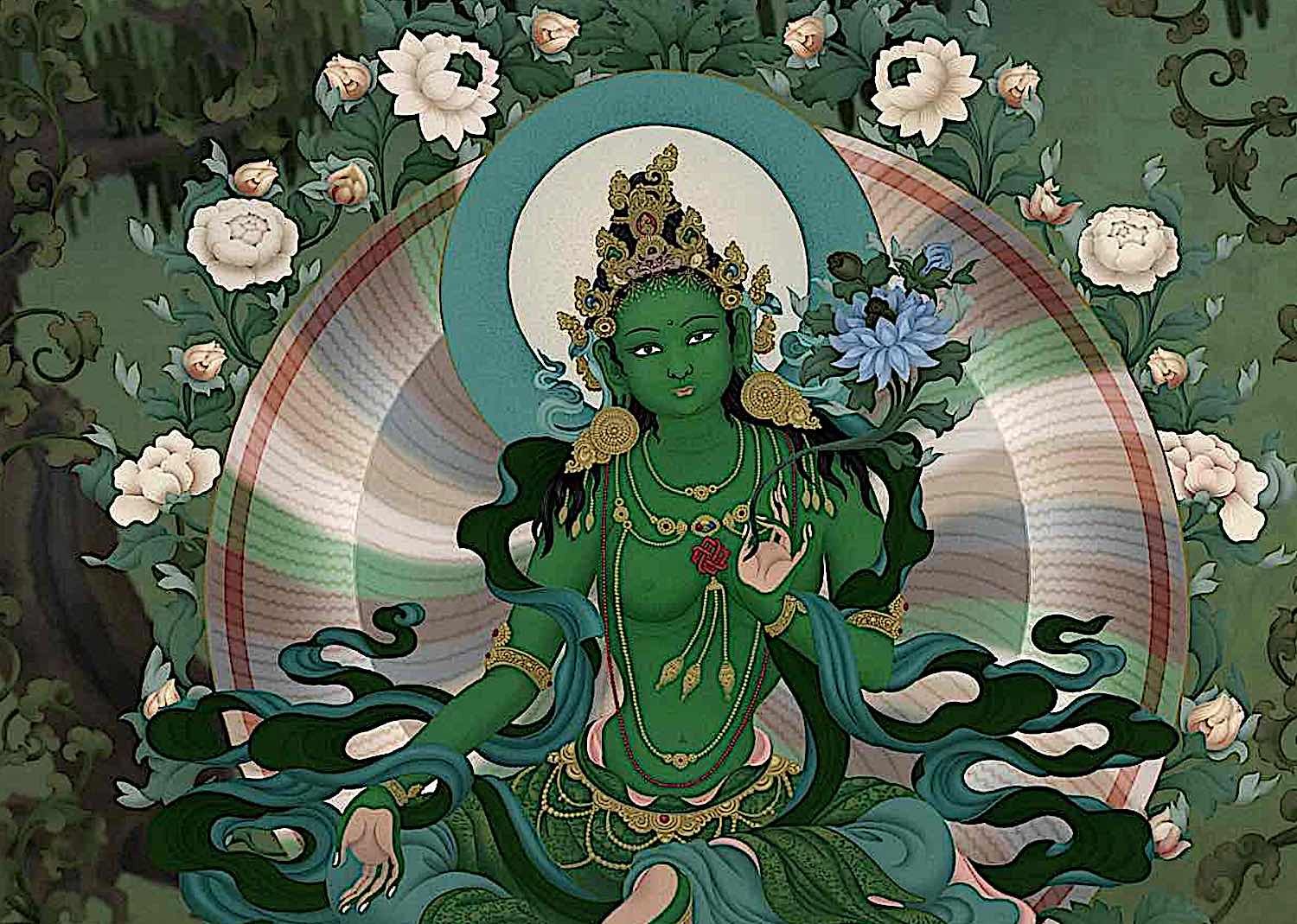 Normal frontal visualization of Green Tara by the amazing artist Jampay Dorje. Jampray Dorje’s website>>
Normal frontal visualization of Green Tara by the amazing artist Jampay Dorje. Jampray Dorje’s website>>
If you have empowerment, you can visualize yourself as Tara in the normal way. If you do not have empowerment, you only visualize Tara in front of you. In this short version, we strictly recite the accumulating merit section with seven limbs of practice and the Praising of the 21 Taras and mantra with final requests for blessings. In a future video, we will present the full sadhana.
Ideally, after the seven limbs of practice we recite the 21 Taras Praise Dharani in Sanskrit or English linked above. If you are doing an abbreviated form, recite only the mantra.
Here begins the Sadhana, in concise form the frontal generation for accumulating merit with offerings and praises by the great translator Marpa:
Ushnisha Vijaya Namgyalma, Arising from the Ushnisha of the Buddha, destroyer of the Lord of Death.
Venerable Arya Tara, who liberates from the fears of Samsara.
Great Lord of All Families, Vajrasattva.
To the three Supreme Deities and the full assembly, I bow, pay homage, and make offerings.
In Tara, the Buddha, Dharma, and Supreme Assembly, I take refuge until Enlightenment. By the merit of my generosity and other deeds, may I attain Buddhahood for the sake of beings.
In front of me instantly arises a blazing green TAM syllable. By the light of the syllable, Venerable Tara appears in the sky, surrounded by an assembly of Buddhas and Bodhisattvas.
Namo Guru Arya Taraye. Namo Buddhaya. Namo Dharmaya. Namo Sanghaya.
I prostrate with complete purity to Venerable Arya Tara and all the Buddhas and Bodhisattvas who dwell in the ten directions and three times.
I offer real and imagined flowers, incense, butter lamps, scent, food, music, and so forth. Assembly of Arya Tara, please accept it.
I confess all my faults from beginningless time until now, committed with a mind under the sway of the afflictions, such as the ten nonvirtues.
I rejoice in whatever merit has been accumulated in the three times by Hearers, Solitary Realizers, Bodhisattvas, ordinary beings, and others.
Please turn the wheel of the Dharma according to the intentions and mental dispositions of sentient beings.
Until Samsara is emptied, please do not pass into Nirvana but look with compassion upon sentient beings that are drowning in the ocean of suffering.
May whatever merit I have accumulated become the cause of Enlightenment for the benefit of sentient beings.
May all beings have happiness and the causes of happiness. May they be free from suffering and the causes of suffering. May they not be separated from the sublime happiness that is free from suffering. May they rest in the great equanimity that is free of the duality of attachment and aversion.
Thus one gathers the accumulations through prostrating, offering, confessing, and generating the two types of bodhichitta of the preliminaries.
Now, while holding the visualization of Tara, I recite the mantra. As I recite, I see green light going out from the Tam at Tara’s heart, blessing all beings in the entire universe, then returning and blessing my own body, speech and mind.
Om Tare Tuttare Ture Svaha. Om Tare Tuttare Ture Svaha. Om Tare Tuttare Ture Svaha. Om Tare Tuttare Ture Svaha. Om Tare Tuttare Ture Svaha. Om Tare Tuttare Ture Svaha. Om Tare Tuttare Ture Svaha.
By the power of praising and supplicating you, wherever I and others reside may illness, obstructive spirits, poverty, and fighting be pacified, and may the Dharma and auspiciousness flourish.
Buddhas, bodhisattvas, and the Sangha, please heed me. From the great, beginningless Samsara, I and all beings have performed the virtue of cultivating generosity and ethical discipline and have rejoiced in the expression of these deeds. By the virtue practiced thus, with the mind of holy generosity, may ornaments and belongings become the host of practitioners, and for the sake of our parents, teachers, masters, and all sentient beings, may we achieve Buddhahood. By the merit arisen from this virtue, may we acquire all the perfections such as life, merit, enjoyment, a retinue, and virtuous practice, and may all obstacles be pacified without exception.
May I attain Enlightenment for the benefit of all sentient beings.
NOTES
* Bokar Rinpoche’s book Tara the Feminine Divine is available from Amazon >> (affiliate link)
 UsenB
UsenB 










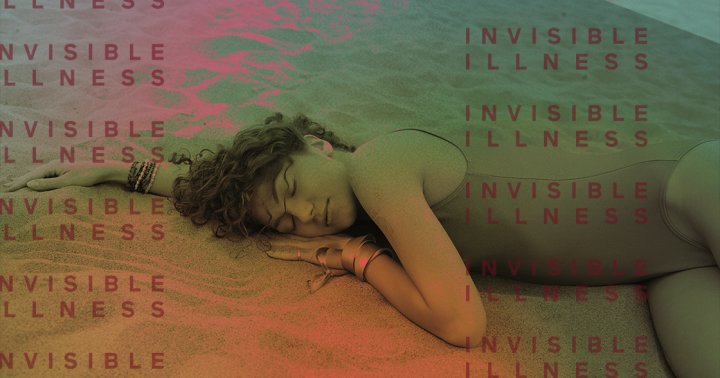
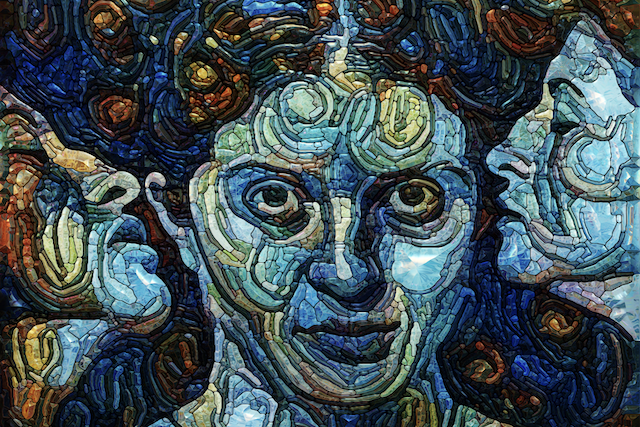











![Are You Still Optimizing for Rankings? AI Search May Not Care. [Webinar] via @sejournal, @hethr_campbell](https://www.searchenginejournal.com/wp-content/uploads/2025/06/1-1-307.png)







